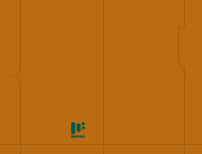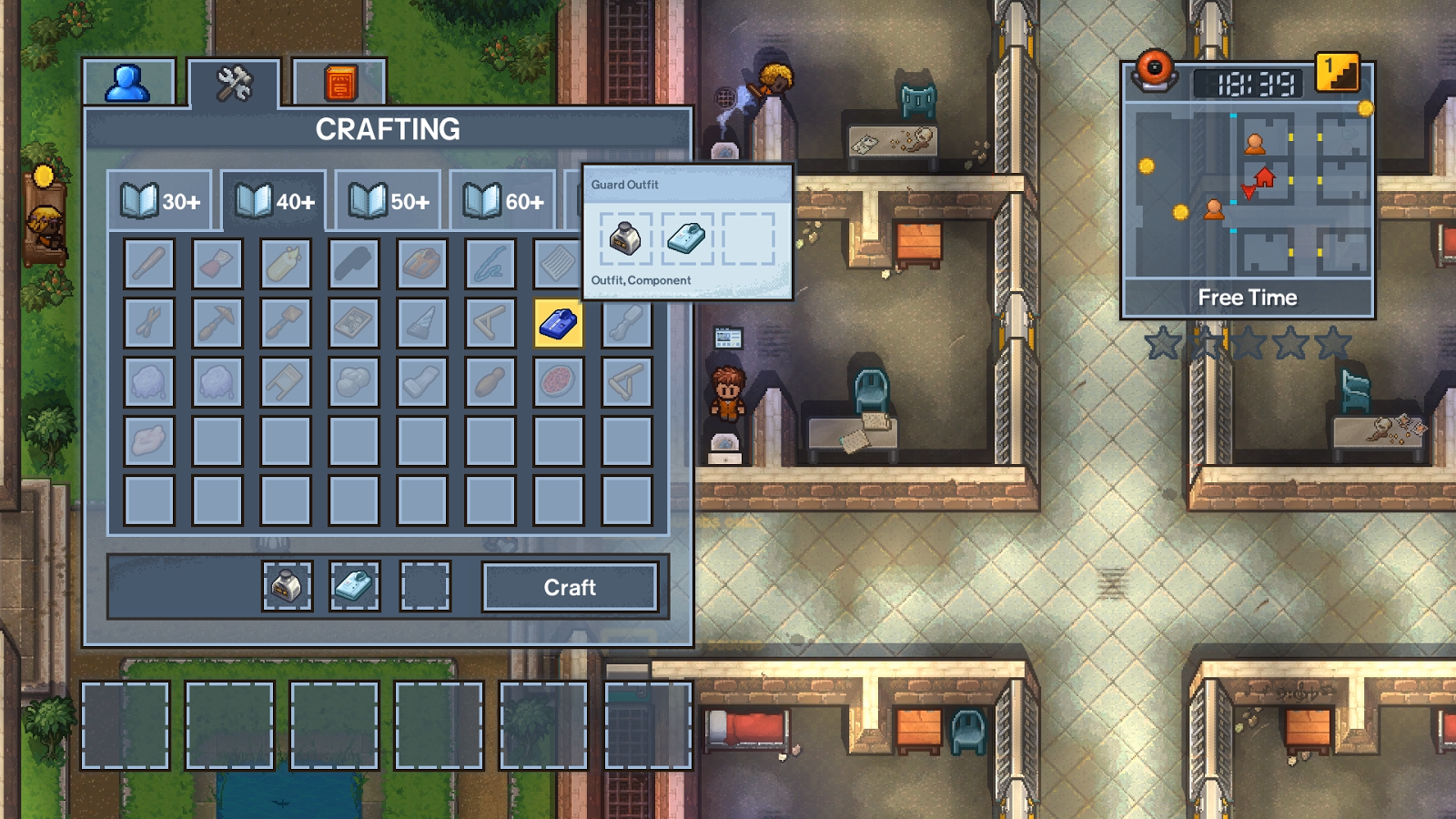LUSAKA – Today, the U.S. Embassy announced the awarding of grants totaling over K2.5 million ($126,000) to six Zambian community-based organizations through its Public Affairs Section Small Grants Program. The grants will promote civic participation, press freedom, entrepreneurship, and creative expression among youth. Embassy’s Director of Public Affairs and spokesman, Sean. Most of Zambia forms part of the high plateau of this part of Africa (3,000 to 5,000 feet 900 to 1,500 metres above sea level).Major relief features occur where river valleys and rifted troughs, some lake-filled, dissect its surface. Lake Tanganyika lies some 2,000 feet (600 metres) below the plateau, and the largest rift, that containing the Luangwa River, is a serious barrier to. The name was changed to Zambia upon independence in 1964. In the 1980s and 1990s, declining copper prices and a prolonged drought hurt the economy. Elections in 1991 brought an end to one-party rule, but the subsequent vote in 1996 saw blatant harassment of opposition parties. Outside of Zambia: +260 211 357-000 or +260 966 050-123. American Spaces. American Spaces General Information; American Center Lusaka.
- Zambia 2017 Kitsempty Spaces The Blog Template
- Zambia 2017 Kitsempty Spaces The Blog Archive
- Zambia 2017 Kitsempty Spaces The Blog Free
Zambia Facts for Kids
Here are some interesting Zambia facts which were chosen and researched by kids especially for kids.
- Population: 17.4 million people (2020)
- Capital: Lusaka with 2.7 million inhabitants
- Name: Republic of Zambia. The name origins come from the Zambezi river which flows along the border between Zambia and Zimbabwe
- Motto: 'One Zambia, one Nation'
- Government: Presidential Republic
- Language: English
- Religion: mainly Christian (Protestant 75% and Catholics 20%)
- Currency: 1 Kwacha = 100 Ngwee
- History: Long before the European settlers came to Africa, the Khoisan people (bushmen) lived in the area. From 1924 until 1953, the country was a British colony named Northern Rhodesia. In 1964 the country gained independence.
- National Day: 24 October (Independence Day)
- National Animal: African fish eagle
- National Anthem: 'Stand and sing of Zambia, proud and free..' is sung in English or Bemba. The Zambian national anthem has the same tune as the South African anthem!
Zambia Facts | Zambia Map
To see the location of Zambia, look for the name on the map and zoom in (click on the + sign to the left) to see the huge country centrally located in southern Africa.
Zambia Geography
The country is located in a central position on the southern African continent. Zambia is a landlocked country and its eight neighbouring countries are:
- Democratic Republic to Congo (DRC) to the north,
- Tanzania, Malawi and Mozambique to the east,
- Zimbabwe, Botswana and Namibia to the south and
- Angola to the west
Zambia is a 7 hours flight from Dubai and 2 hours flight from Johannesburg/South Africa, 14 hours flight from London/UK.
Zambia Facts
Geography Superlatives
- Zambia is a huge country, that is roughly three times the size of the UK or slightly larger than Texas/USA or slightly smaller in size than Chile. But Zambia is less populated.
- The country mostly lies on a high plateau with lots of hills and mountains.
- Zambia's highest point is in the Mafinga Hills, with 2 301m or 7 549ft.
- Zambia's longest river is the Zambezi river with 2 574m or 8 444ft.
- Zambia's climate is mainly a tropical climate with a rainy season from October to April
- There is currently one UNESCO world heritage site: Mosi-oa-Tunya, also called Victoria Falls which are the largest waterfalls in the world. There are seven more sites awaiting listing. See here.
Zambia Facts:
Tourist Attractions in Zambia
- The Victoria Falls are the world's largest waterfalls and one of the Seven Natural Wonders of the World.
The waterfalls are referred to as Mosi-oa-Tunya by the Zambians. This name means 'The smoke that thunders'. It is said that the noise can be heard from as far as 40km/ 25 miles away.
The Victoria Falls are more than 1 700 m/5 600 ft wide.
The most prominent European explorer to Zambia was Sir David Livingstone. In 1855, he was the first European who saw the huge waterfalls on the Zambezi River. Livingstone named these waterfalls after the Queen Victoria.
- Lake Kariba is located in the south of the country and borders also Zimbabwe. Lake Kariba is the world's largest man-made lake.
- Lusaka: Zambia's capital is a quickly growing city and the country's capital and commercial centre.
- Kafue National Park: oldest and largest national park in Zambia. This national park is almost as big as the country of Wales in the UK! In Kafue National Park you can still see the rare African wild dogs.
- South Luangwa National Park: this is one of Zambia's biggest attractions due to the abundant wildlife. The Luangwa river runs through the national park and is home to many wild animals and over 400 species of birds.
Zambia Facts | Zambia Economy
The economy in Zambia is mainly driven by the mining industry, agriculture and fisheries as well as tourism.


Zambia's mining industry mainly consists of copper and cobalt mining. The main mining area is in the country's north west, a stretch which is also called 'the copper belt'. During the copper mining process uranium resources are also exploited. Uranium is used for nuclear power production. The government now plans to build the first nuclear power plant in Zambia.
Zambia exports of tobacco, corn, cotton and flowers. The main export partners are Switzerland and China.
Zambia 2017 Kitsempty Spaces The Blog Template
The major cities in Zambia are Lusaka, Ndola, Kitwe and Mufulira.
Zambia People and Languages

The people in Zambia are called Zambians. Almost 40% of the population live in urban areas, that means in the capital city or in larger towns. The slum areas grow as people seek work in the cities and towns. In rural areas many people live in traditional round huts.
The vast majority of the population in Zambia are very poor and families have many children to support them. On average a woman gives birth to 5 - 6 children. Zambia is among the 10 top countries with the highest fertility rate. Zambians are hard working and women often are working on the fields and look after their kids.
Women are often the main breadwinners in their families. As more and more women go to schools and some go on to study, they grow more independent. Some women also open businesses or shops and change their lives for the better.
The health system in Zambia is very poor, there are only a few doctors and hospitals in the country, so people have to go far to see a physician or specialist. Many people die when they get really sick and often cannot afford to go to a clinic. Over half of the people do not have proper toilet facilities and just 1 in 3 people have access to safe drinking water.
In Zambia, there are only three doctors for 20,000 people. In the USA and Europe, there are between 50 and 80 doctors for the same amount of people!
Children start school at the age of seven years and then go to primary school until they are 13 years, afterwards secondary school starts.
Children often are transported on the back of a truck, as school buses are not available everywhere.
Unfortunately 1 in 6 children does not even finish primary school and drops out of school early! In poorer areas, 2 out of 6 children do not finish primary school.

And in rural areas, 1 in 3 children does not finish secondary school or high school. Only 60% of all Zambians who are older than 15 years can read or write!
Languages in Zambia
English is the official language in Zambia, but more than 72 languages are spoken in Zambia!
Besides English, seven local languages are taught in schools and also used in official communications: Bemba, Konde, Lozi, Luna, Luvale and Nyanja and Tonga.
Bemba and Nyanja are the most widely spoken and understood languages.
Zambia Facts | Food in Zambia
Corn, soybeans, sugar, coffee and fruits are the main agricultural products in the Zambia.
Zambia 2017 Kitsempty Spaces The Blog Archive
Zambia main dishes contain: corn, sweet potatoes and groundnuts (peanuts) or maize and beef, chicken and pork.
Here are some typical Zambian food and dishes:
- Nshima: maize-meal porridge or thick cornmeal mash, often served with tomato sauce and vegetables such as okra or spinach
- Chutney: try the pineapple and pepper chutney they serve with many dishes.
- Cassava Pancakes: can be served either as a sweet dish with syrup. The savoury version is often prepared with leafy green vegetables such as pumpkin leaves, collard or spinach.
- Ifisashi: groundnut stew mixed with vegetables or meat
Zambia Facts | Zambia Animals
Zambia is home to many rare and endangered animals and plants. There are only a few black rhinos left in the world, so this species is highly protected in Zambia too.
Wild dogs are also one of the most endangered species in the world. Zambia is one of only six countries where there are still wild dogs!
One of the rarest bird species is the shoebill stork, which also still can be found in Zambia.
In and near the Zambezi and Luangwa rivers, you will encounter many hippos and crocodiles, so going on a canoe safari is an exciting adventure!
The country has many national parks where giraffes, zebras, elephants, antelopes, buffaloes and lions roam freely.

Zambia Facts: Did you know…?
Lake Tanganyika is the second largest and deepest freshwater lake in the world.
This lake borders to a small part also Zambia and Burundi, but the two much bigger portions of the lake belong to Tanzania and the Democratic Republic of Congo (DRC).
Zambia Facts | Resources
Source for Zambia Facts page:
- Central Intelligence Agency. 'Zambia.' WorldFactBook. Last updated 20 May 2020. Last accessed 22 May 2020
- Republic of Zambia. 'Zambia in Figures 2018.' Zamstats.gov.zm July 2018. Last accessed 22 May 2020.
Image Credits on Zambia Facts: shutterstock.com and wikicommons, if not otherwise stated.
We hope you enjoyed reading our Zambia Facts. Please bookmark this page and spread the word. We will add more information in the near future as we still have to sort through our images and stories from our recent travels.
Zambia 2017 Kitsempty Spaces The Blog Free

